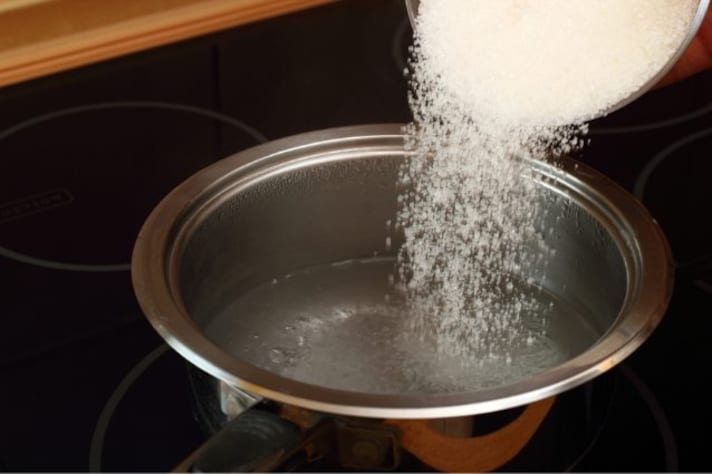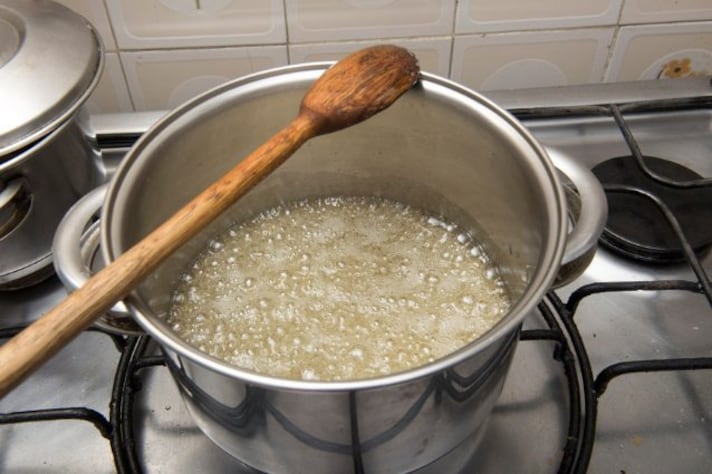
Making sugar syrup is no walk in the park; it's a process that requires precision, patience, and a keen eye. One wrong move, and your once promising syrup could transform into a sticky, crystallized mess. Sugar syrup is a fundamental component in many baking recipes, from candy-making to frostings and glazes. Its delicate nature means that every step, from the moment you combine sugar and water to the final application, must be handled with care. The biggest mistake you can make? Letting the syrup cool down before you've finished using it. It's a blunder that can set off a domino effect, derailing your entire recipe. But why exactly is this such a grave misstep?
The Crystallization Catastrophe
One of the primary reasons to avoid letting sugar syrup cool down is the risk of crystallization. When sugar syrup cools, the sugar molecules tend to cluster together and form crystals, especially if there are any impurities or undissolved sugar grains in the mixture. This crystallization turns your smooth, glossy syrup into a grainy, unusable substance. Once this process begins, it's nearly impossible to reverse, rendering your syrup—and potentially your entire recipe—ruined. So, if you’re aiming for that silky smooth texture, you must keep your syrup warm and fluid until it’s ready to be used.

The Misery of Reheating
Reheating sugar syrup after it has cooled is another headache you don't want to deal with. While it might seem like a quick fix, reheating can cause the syrup to behave unpredictably. You risk overcooking it, which can lead to unwanted changes in flavor, color, and consistency. In some cases, reheating can make the syrup too thick or even cause it to caramelize, especially if the heat is too high. This alters the syrup’s chemistry, meaning it might not work as intended in your recipe. In the world of baking, where precision is key, these alterations can spell disaster.
The Timing Troubles
Timing is everything when it comes to using sugar syrup. Many recipes require the syrup to be added at a specific temperature or consistency to achieve the desired result. If you let the syrup cool down, you’ll miss that critical window. For instance, when making Italian meringue or marshmallows, the sugar syrup must be added at a precise stage to ensure the mixture sets correctly. A cooled syrup won’t incorporate properly, leading to a failed batch that’s either too soft or too hard. In short, letting your syrup cool could throw off the entire timing of your recipe, leading to subpar results.

The Ideal Temperature for Sugar Syrup
So, what’s the sweet spot for sugar syrup? Ideally, you should use your syrup when it’s between 230°F (110°C) and 240°F (115°C), which is known as the soft-ball stage. This temperature range is perfect for most baking applications, allowing the syrup to maintain its fluidity and incorporate smoothly into other ingredients. Below 230°F, the syrup may not have reached the right consistency, while above 240°F, you risk it becoming too thick or beginning to caramelize. Keeping the syrup within this range ensures that it remains workable and avoids the pitfalls of cooling down too soon.
;Resize,width=767;)
